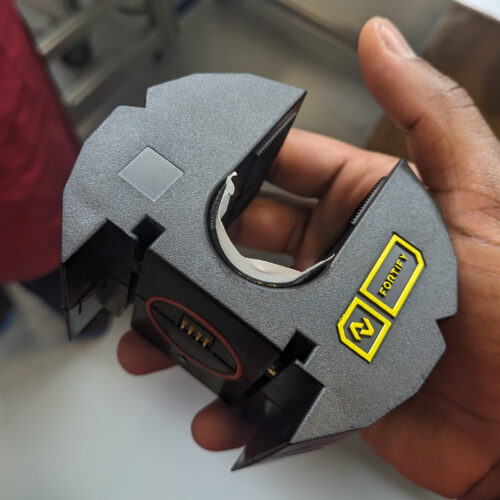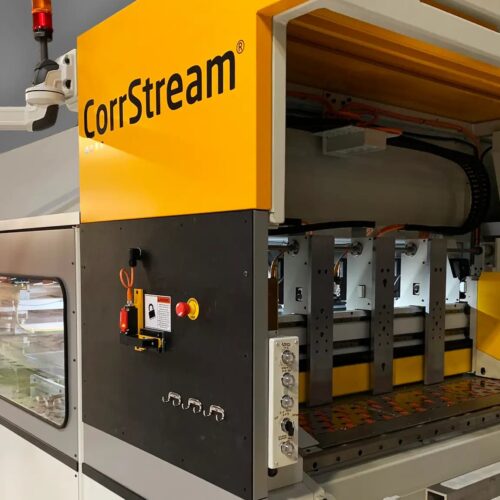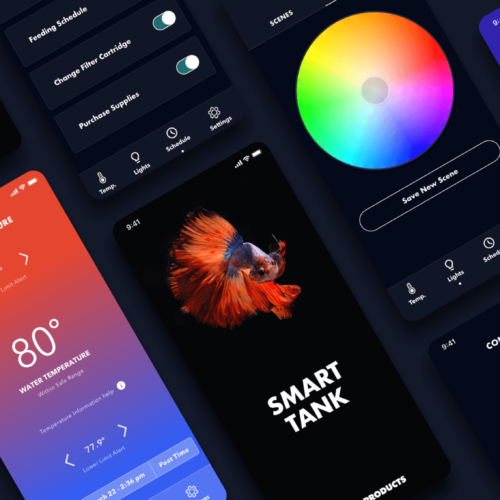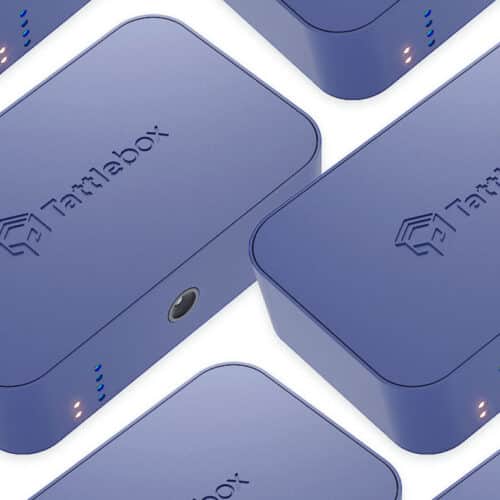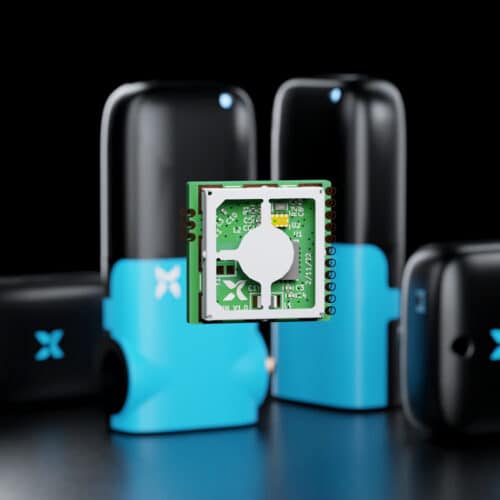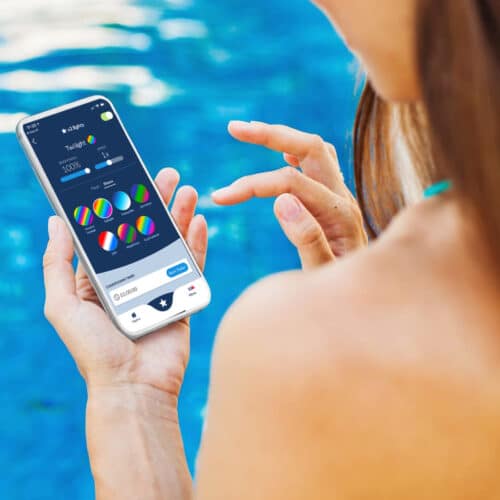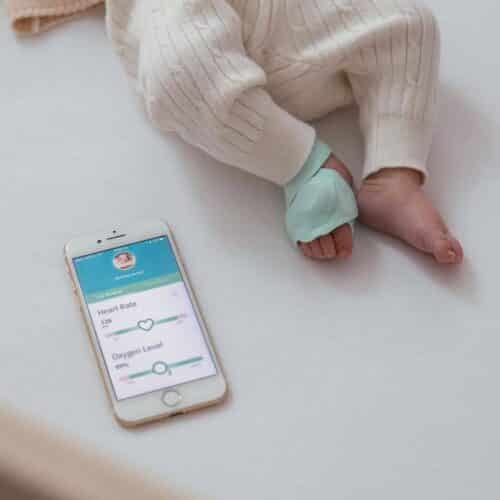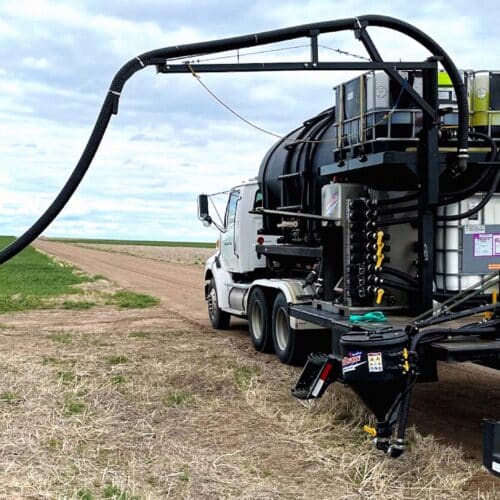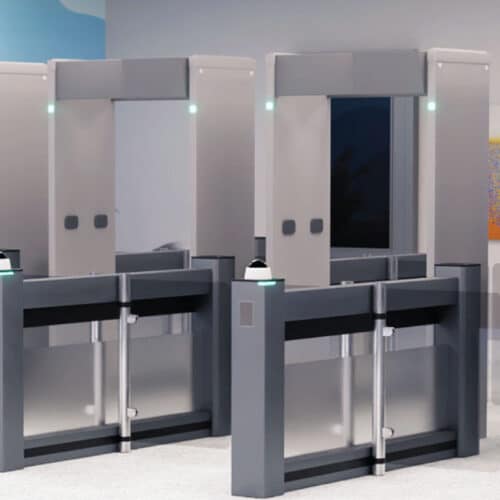Building a Device to Track and Manage Utility Data Remotely
Very teamed up with SparkMeter to design and build a device to help utility operators access critical usage data and manage accounts.
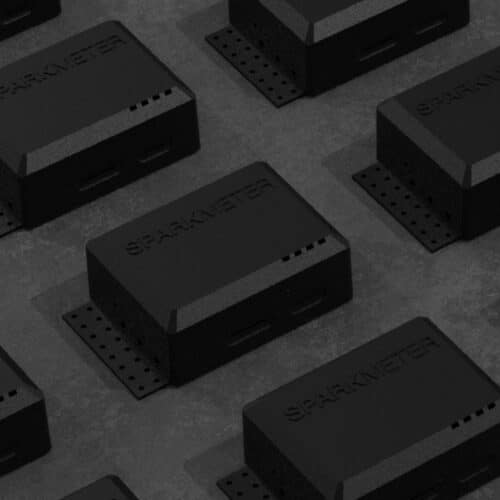

SparkMeter
Grid-management solutions to microgrid and distribution utilities company
IoT Solutions
Software Engineering, Hardware Engineering, Product Design
Project Timeline
7.5 months
Tech Stack
Nerves, MQTT, Phoenix, AWS
SparkMeter’s goal is to increase energy access and energy quality in hard-to-reach places and underserved markets, where 3.5 billion people currently do not have reliable access. To do this, the company sells grid-management solutions to microgrid and distribution utilities in remote environments and developing markets, spanning 25 countries.
To effectively continue its mission and improve its product offering, SparkMeter needed to provide a way for utility workers to see the usage status of meters and grids, perform basic administration tasks, and service account balances for their customers (energy consumers).
In just seven and a half months, the Very team transformed SparkMeter’s product idea into fully validated pre-production hardware, with a robust firmware system, backend service, and software application.
The Challenge
Jon Thacker, Senior Vice President Of Engineering at SparkMeter, had a product idea to solve SparkMeter’s challenge, and he had a list of requirements that needed to be satisfied. He envisioned a system that would take in data from energy meters, send it up to the cloud – using as little data as possible to keep costs manageable – and deliver it to utility operators to manage their systems from anywhere in the world.
Even though he had a lot of engineering resources internally, for this project, Jon wanted to bring in a team that had more experience around full IoT product development and manufacturing.
Jon first met Very at an IoT event he attended in search of top engineering talent for this project. He needed to find a team that could not only produce the physical device, but also the software and engineering necessary to support it in the long-term. Ultimately, he selected Very because of our technical expertise, innovative technology choices like Elixir and Nerves, and our ability to understand exactly what he was looking for.
“I felt like they heard my requirements better than anyone else,” Jon said of Very. “Other teams seemed to try to find a way to pigeonhole our project into something that they’d already done or something they could deliver really fast, but they weren’t grasping the subtlety. The devil is in the details, and Very understood that instantly.”
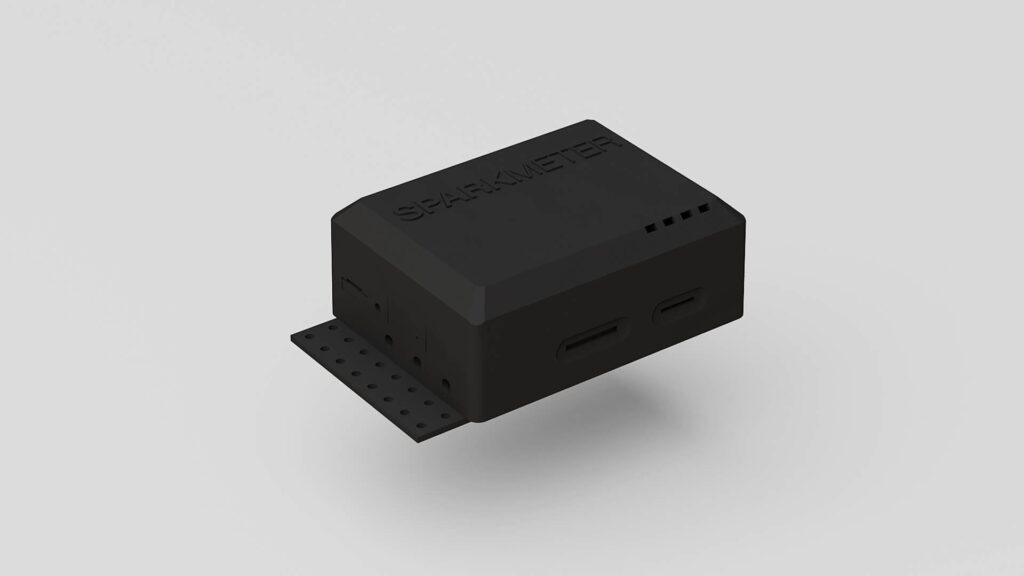
The Process
During our Technical Design Sprint with SparkMeter – the first step we take in any project – we established that Very would be responsible for hardware, firmware, software, and orchestrating the cloud services.
The project had two major components – a hub to administrate and collect metrics from solar panel meters, and a backend service to pipe data into an existing web platform.
For the hub, we needed to create something that would sync up with SparkMeter’s existing framework. So, we designed and built custom hardware that features backup power and removable storage – a necessity in the locations the devices would operate. To control the device, we used Nerves to create a custom firmware system. The device communicates over MQTT and connects to the cloud via cellular/ethernet connections in the remote locations where SparkMeter’s products are used.
We also used Phoenix to build an admin panel for the hub, designed to support utility operators who need to perform basic administrative tasks on the job.
For the backend service, we used Elixir to process incoming hub payloads over MQTT, the Phoenix framework to build out an API, and integrated with existing infrastructure. For the cloud, we used AWS services IoT Core for a managed MQTT broker, Relational Database Service (RDS) for PostgreSQL, and Nomad for cluster management.
I felt like they heard my requirements better than anyone else… The devil is in the details, and Very understood that instantly.
Jon Thacker, PhD
SVP of Engineering, Sparkmeter
The Results
In just seven and a half months, we designed and built custom hardware, firmware, and software for SparkMeter that is ready for pre-production. SparkMeter is continuing to engage our support team to prepare for a full launch in the coming months.
“Everyone I worked with was very technically competent,” Jon says, “and that shines through in all of the deliverables they’ve provided.”
Ready to speak with an expert on our team about your next project? Book a meeting →
Let's talk about your vision for a powerful IoT solution.

